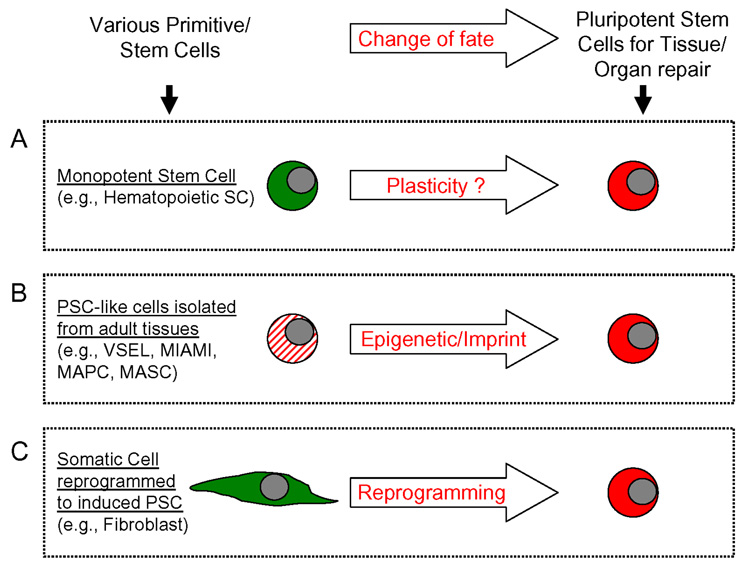Figure 6. Different strategies to obtain true PSC from non-embryonic tissues.

Panel A – Due to the phenomenon of stem cell plasticity of e.g., monopotent HSC may become other types of stem cells. The phenomenon of stem cell plasticity or transdedifferentiation is not confirmed/supported by recent data. Panel B - Isolation of PSC from adult tissues. Several cell candidates are described but so far not one of them was able to contribute in a reproducible way to blastocyst development. In the case of VSEL a problem could be related to erasure of somatic imprint. Panel C - Nuclear reprogramming leads to a generation of PSC-like cells – known as induced PSC (i-PSC). The selected cellular clones, however, form teratomas in syngeneic animals.
